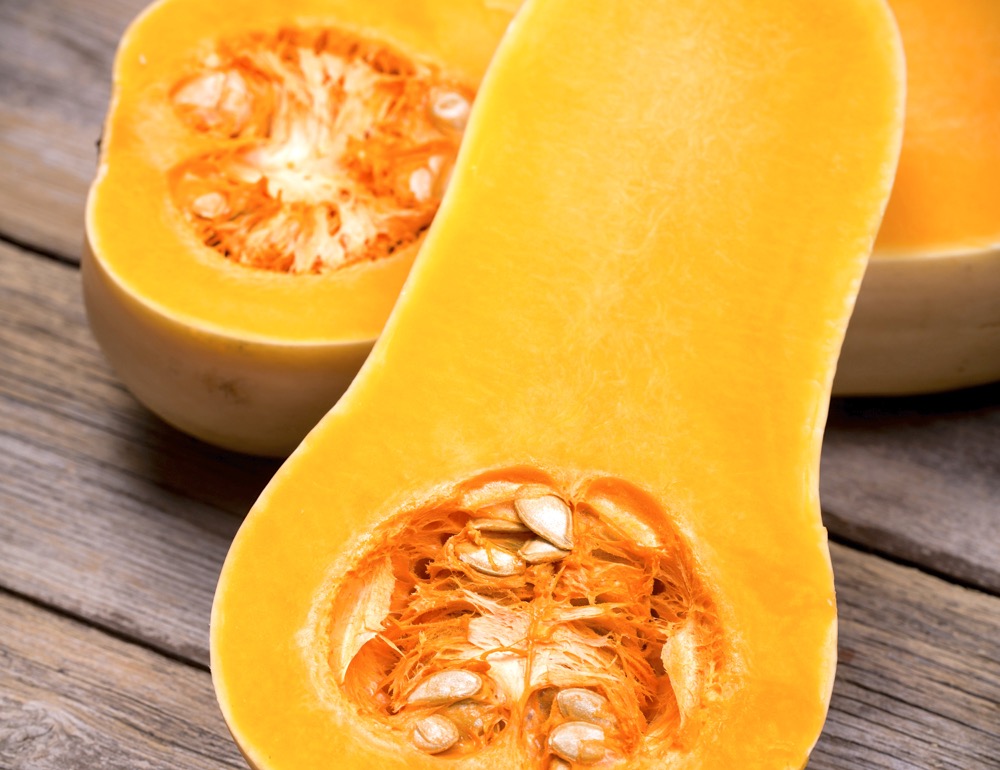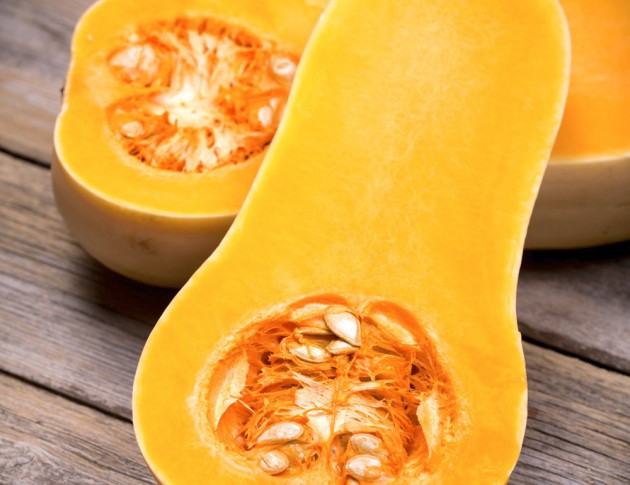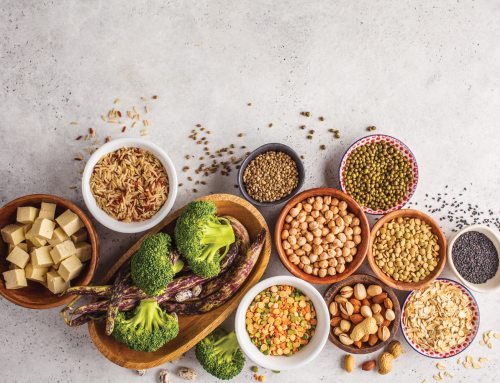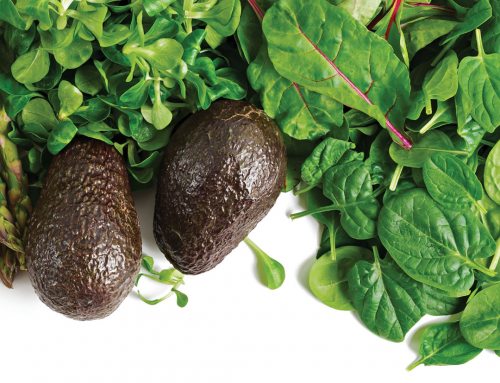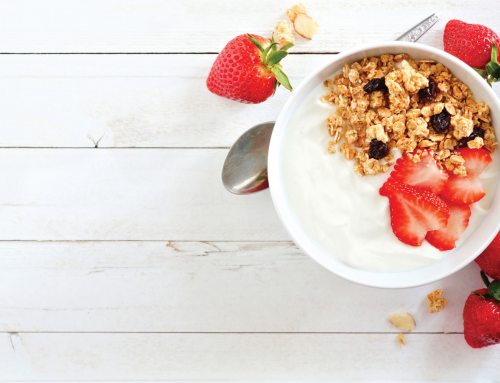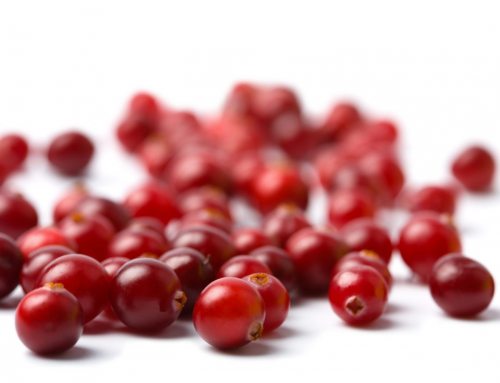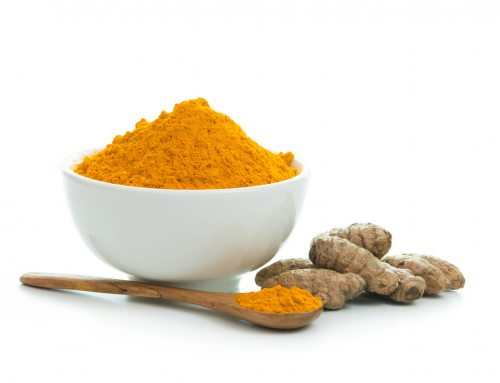Butternut squash is one of the most popular winter-squash vegetables and is a rich source of dietary fiber and phyto-nutrients. The fruit’s unique golden-yellow color comes from yellow-orange phenolic pigments in their skin and pulp. Butternut squash has more vitamin A than pumpkin with 10630 IU per 100 g. making it the single vegetable source in the Cucurbitaceae family with the highest levels of vitamin-A— about 354% of RDA. Vitamin A is a powerful natural anti-oxidant and is an essential vitamin for optimum eye-sight. Some studies suggest that natural foods rich in vitamin A, like pumpkin and butternut squash, help protect the body against lung and oral cavity cancers. It is rich in the B-complex group of vitamins like folates, riboflavin, niacin, vitamin B-6 (pyridoxine), thiamin, and pantothenic acid. Butternut squash seeds are a good source of dietary fiber and mono-unsaturated fatty acids that benefit heart health. In addition, they are rich in protein, minerals, and numerous health-benefiting vitamins. Butternut squash seeds are a nutritious snack option since they contain 35-40% oil and 30% protein.
Being a winter-squash member, fresh local butternut squashes are usually available from September until the middle of December. However, butternut squash sourced from South America guarantee they can be easily found all around the season. Buy well-grown whole butternut squash instead of its sections. Look for mature product that features a woody note on tapping, and is heavy in hand. Make sure the stem is stout and firmly attached to the fruit. Avoid butternut squash with wrinkled surface, spots, cuts, and bruises. Once at home, well-ripen squash can be stored for many weeks in cool, humid-free, well-ventilated place at room temperature. However, cut sections should be placed inside the refrigerator where they keep well for few days.


